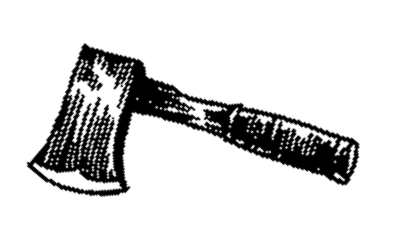There is a spot in London where you may stand perfectly still and see nine streets all at once. Or, at least, you used to be able to: Shaftesbury Avenue swallowed up a couple of them in 1886. But leading thirteen-year-old John Thomas Smith around London in 1779, his mentor Joseph Nollekens could stop him in precisely this magic spot:
“‘There, Tom, stand here, and you will see the entrances of nine streets; my mother showed them to me. There, stand just there, and don’t turn your head, only your eyes’; placing me, with both hands upon my shoulders, at about fifteen feet from Grafton-street, nearly in the centre of Moor-street. ‘There, now look to the left, is not there Monmouth-street? Now let your eye run along the way to the first opening, that’s Great White Lion-street; well, now bring your eye back to the opposite street in front of you, that’s Little Earl-street. Throw your eye over the Seven Dials, and you will see Tower-street: well, now, stand still, mind, don’t move, and bring it a little to the right, and you will see West-street; bring it nearer to the right, and there’s Grafton-street; and then, look down at your toes, and you’ll find yourself standing in Moor-street.’”
The boy had been tagging alongside Nollekens for years already: the celebrated sculptor was his father’s boss, and had inaugurated their lifelong friendship by taking the bewildered Smith, then aged eight, to the public hanging in Oxford Road of the notorious thief “Sixteen-string Jack.” Dressed in his lovely pea-green coat, Sixteen-string was—well, he was strung up—this for robbing a chaplain “of his watch and eighteen-pence in money.”
If life was cheap in London back then, fashion most assuredly was not. Nollekens made out like a bandit himself by smuggling in forbidden foreign lace, gloves and stockings, stuffing his contraband inside hollow plaster busts. He also gleefully dealt in “botched antiques”—what dealers now refer to as “marriages.” You marry an antique by clapping together two unrelated bits to form a valuable but spurious whole. Nollekens was a master of this art, secretly joining together various cheap fragments of busted Roman antiquities with new replacement pieces “aged” brown with tea; presented to rich suckers as a miraculously whole ancient bust or statue, these paste-up jobs netted him huge profits.
As his godson, the young Smith gave the childless Nollekens company that he clearly missed. In return, Nollekens showed Smith how to make a killing in the art world. Some Londoners took the direct route and simply stole art outright, true, and there was even a roaring trade in swiping ornate brass door knockers: but if Nollekens was a bit of a crook, he...
You have reached your article limit
Sign up for a digital subscription and continue reading all new issues, plus our entire archives, for just $1.50/month.
Already a subscriber? Sign in





